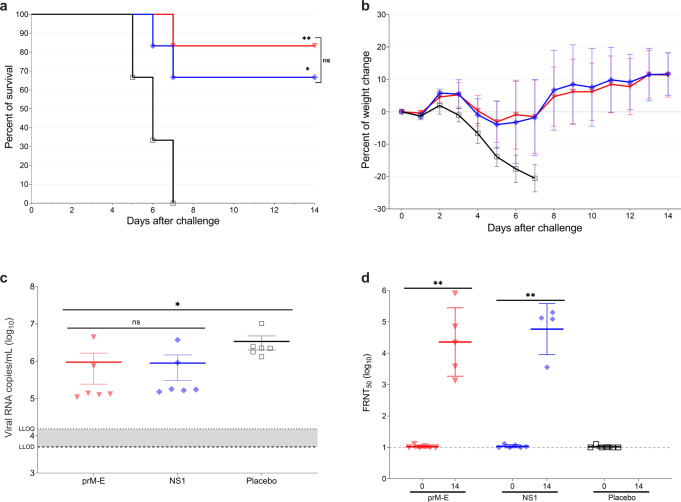Fig. 3. Adoptive transfer of immune-splenocytes provides partial protection against lethal YFV challenge in A129 mice.
Three- to four-week-old A129 mice (n = 6) received splenocytes from vaccinated groups: 4 µg of YF prM-E mRNA-LNP (inverted triangle; red), 4 µg of YF NS1 mRNA-LNP (diamond; blue), or placebo (open square; black). Sixteen hours later, mice were bled and infected IP with 1 × 105 PFU of YFV Asibi strain. Panel a shows the survival curve during 14 days after lethal challenge. Panel b shows the percentage of the body weight change (±SD) of the animals over a period of 14 days after the challenge. c Serum viral load (±SEM) measured 3 days after the challenge by qRT-PCR. Panel d shows the neutralizing antibody titers measured by FRNT50 (GMT ± GSD). Dashed line shows the lower limit of detection (LLOD), and dotted line shows the lower limit of quantification (LLOQ), *p < 0.05, **p < 0.01, ***p < 0.001, ****p < 0.0001, ns = not significant. The significance of the survival rates was assessed by Log-rank test, one-way ANOVA followed by Dunnett’s multiple comparisons test or two-tailed t-test was performed using GraphPad Prism for viral load and neutralizing antibody titers, respectively. This test was performed after the data was log-transformed and assessed for normality using a Q–Q plot.

